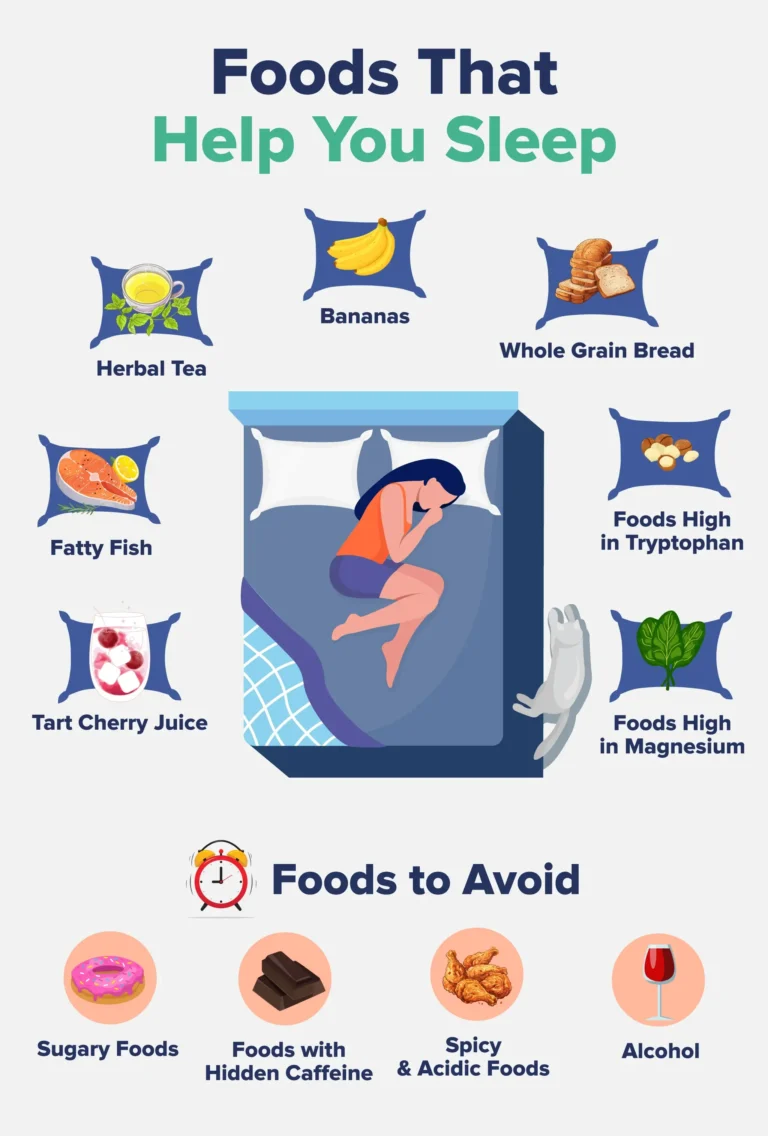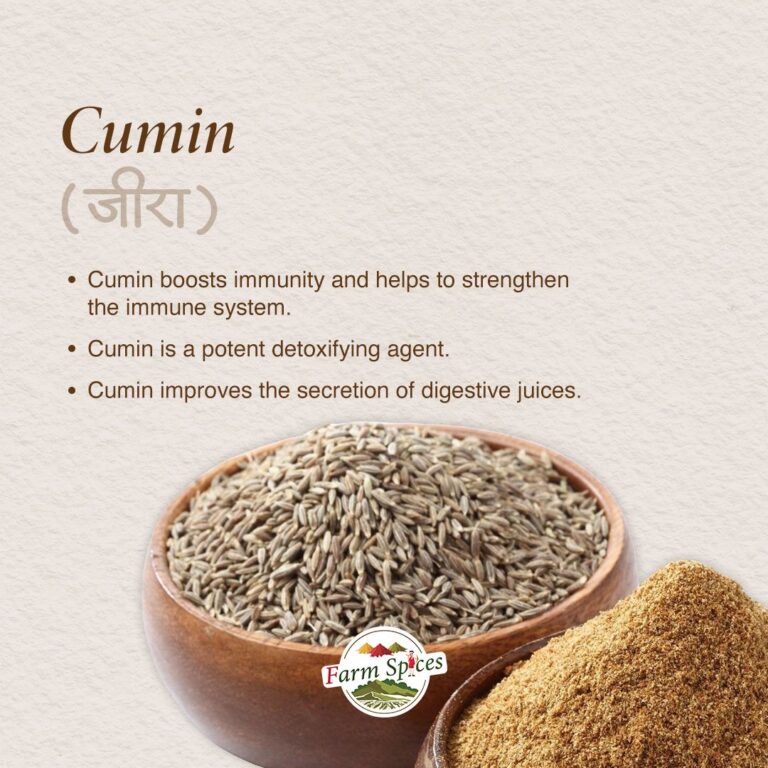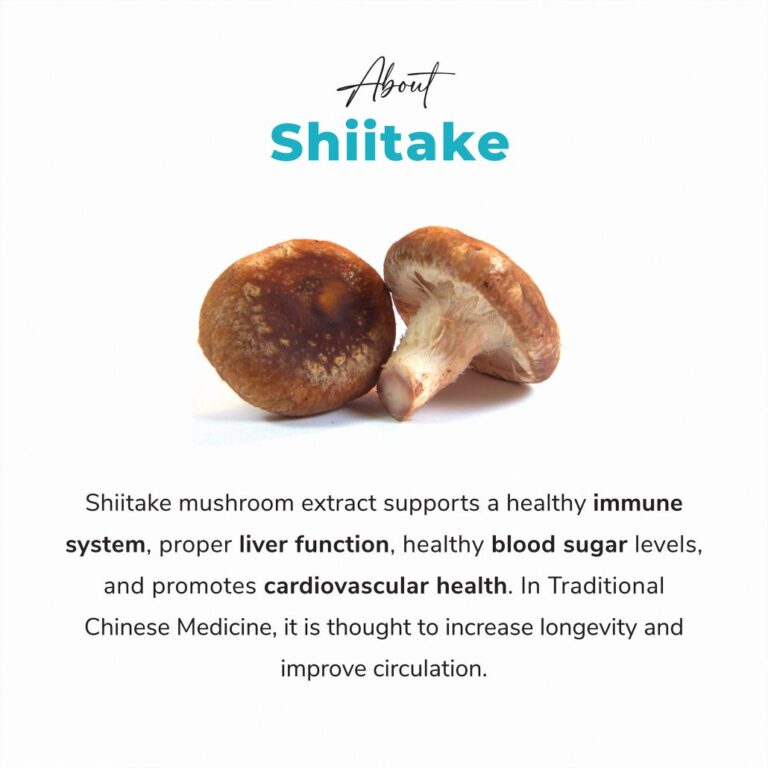The Incredible Health Benefits of Garlic: More Than Just a Flavor Enhancer
Few ingredients hold such a paradoxical position in the culinary and medicinal worlds as garlic. Its pungent aroma and fiery taste have graced kitchens and tables for millennia, elevating dishes from the mundane to the magnificent. Yet, beneath its unassuming papery skin lies a complex biochemical powerhouse, a testament to nature’s profound ability to craft potent remedies. For centuries, across diverse cultures and continents, garlic has been revered not just as a flavor enhancer, but as a formidable healer – a "rustic panacea," as some have called it. From ancient Egyptian tombs to modern scientific laboratories, the story of garlic’s health benefits is a captivating narrative of tradition meeting empirical evidence, revealing a vegetable far more profound than its culinary reputation suggests.
This article embarks on a journey to unravel the incredible health benefits of Allium sativum, delving deep into its historical significance, its intricate chemistry, and the vast spectrum of therapeutic properties that modern science continues to uncover. We aim to tell a story – a story of ancient wisdom, molecular marvels, and the enduring power of a humble bulb to enhance well-being and combat disease.
A Journey Through Time: Garlic’s Ancient Roots as Medicine
The story of garlic’s medicinal use begins in the mists of antiquity, a testament to its long-recognized efficacy. Its origins are traced to Central Asia, but its cultivation and appreciation quickly spread across the globe.
Ancient Egypt: Perhaps one of the earliest and most well-documented uses comes from ancient Egypt. Garlic was not merely a foodstuff; it was a revered medicine, essential for maintaining the health of the colossal workforce building the pyramids. Hieroglyphs and ancient papyri, such as the Ebers Papyrus (circa 1550 BC), detail its use for a multitude of ailments, including fatigue, parasitic infections, respiratory issues, and even for strength and endurance. It was believed to ward off evil and illness, and bulbs have been found in the tombs of pharaohs, including Tutankhamun, suggesting its spiritual and protective significance.
Greece and Rome: The ancient Greeks and Romans continued this tradition. Hippocrates, the "father of Western medicine," prescribed garlic for various conditions, including infections, digestive disorders, and as a purgative. Athletes in the Olympic Games consumed it for stamina and performance, much like their Egyptian counterparts. Pliny the Elder, the Roman naturalist, meticulously documented its uses for over 60 conditions in his Naturalis Historia, ranging from common colds and coughs to epilepsy and snake bites. Roman soldiers carried it into battle, not just for sustenance but also for its perceived protective and strengthening properties.
Asia: India and China: Simultaneously, on the other side of the world, garlic was deeply embedded in the traditional medicine systems of India and China. In Ayurveda, India’s ancient system of medicine, garlic (known as lashuna) was used for its rejuvenating properties, to improve digestion, boost immunity, treat skin diseases, and even as an aphrodisiac. Traditional Chinese Medicine (TCM) also embraced garlic, using it to treat respiratory infections, digestive problems, parasitic infestations, and to warm the body and dispel cold. Its pungent, warming nature was believed to balance the body’s energies.
Medieval Europe and Beyond: During the Middle Ages, as plagues swept across Europe, garlic became a common folk remedy, believed to offer protection against the dreaded Black Death. Its strong aroma was thought to ward off "bad air" or miasma, which was then believed to cause disease. Herbalists and apothecaries continued to prescribe it for fevers, coughs, colds, and various infections.
This rich historical tapestry establishes garlic’s enduring reputation as a medicinal powerhouse, a reputation that modern science has diligently worked to understand and validate.
The Chemical Ballet: Unveiling Garlic’s Active Compounds
The true "magic" of garlic lies in its intricate biochemistry, a complex symphony of sulfur-containing compounds that emerge through a fascinating enzymatic reaction. Unlike many plants whose beneficial compounds are pre-formed, garlic’s most potent medicinal properties are often activated when its cells are damaged – a brilliant biological defense mechanism.
The primary precursor to garlic’s health benefits is alliin, a sulfur-containing amino acid stored within specialized vacuoles in garlic cells. When garlic is crushed, chopped, or chewed, the cellular membranes are ruptured, allowing alliin to come into contact with an enzyme called alliinase. This encounter triggers a rapid and remarkable transformation: alliin is converted into allicin.
Allicin is the undisputed star of garlic’s medicinal show. It’s responsible for the characteristic pungent aroma and many of its acute biological activities. However, allicin is highly unstable and rapidly breaks down into a cascade of other beneficial sulfur compounds, including:
- Ajoene: Known for its anti-clotting and anti-cancer properties.
- Diallyl Sulfide (DAS), Diallyl Disulfide (DADS), Diallyl Trisulfide (DATS): These compounds are responsible for much of garlic’s anti-cancer, antimicrobial, and antioxidant activities, particularly when garlic is cooked or aged.
- S-allyl cysteine (SAC): A water-soluble compound, particularly abundant in aged black garlic, known for its strong antioxidant and neuroprotective effects. Unlike allicin, SAC is stable and highly bioavailable.
- Organosulfur compounds: A broader category that includes many of the compounds above, working synergistically to exert garlic’s diverse health benefits.
It’s this dynamic interplay and transformation of compounds that gives garlic its unparalleled versatility and potency. The method of preparation – raw, cooked, aged, or fermented – significantly influences the profile and concentration of these bioactive compounds, directly impacting its therapeutic effects.
The Heart of the Matter: Garlic and Cardiovascular Health
Perhaps the most extensively researched and celebrated benefit of garlic is its profound impact on cardiovascular health. Heart disease remains the leading cause of death globally, and garlic offers a natural, powerful ally in its prevention and management.
1. Blood Pressure Regulation: Hypertension, or high blood pressure, is a major risk factor for heart attack and stroke. Numerous studies have shown that garlic, particularly aged garlic extract, can significantly reduce blood pressure in individuals with hypertension. The mechanisms are multifaceted:
- Nitric Oxide (NO) Production: Garlic compounds stimulate the production of nitric oxide, a crucial vasodilator that relaxes and widens blood vessels, thereby lowering blood pressure.
- Hydrogen Sulfide (H2S) Generation: Garlic can convert some of its organosulfur compounds into hydrogen sulfide, another potent gaseous signaling molecule that helps relax smooth muscle cells in blood vessels.
- ACE Inhibition-like Effects: Some garlic compounds may act similarly to ACE inhibitors, a class of drugs commonly prescribed for hypertension, by inhibiting the enzyme that constricts blood vessels.
2. Cholesterol and Triglyceride Management: While its effect on cholesterol might be modest compared to pharmaceuticals, consistent garlic intake can positively influence lipid profiles. Studies indicate that garlic can:
- Reduce Total and LDL ("Bad") Cholesterol: By inhibiting the synthesis of cholesterol in the liver and enhancing its excretion.
- Lower Triglycerides: High levels of triglycerides are another independent risk factor for heart disease, and garlic has shown a capacity to reduce them.
- Increase HDL ("Good") Cholesterol: Although less consistently, some research suggests garlic may modestly increase levels of beneficial HDL cholesterol.
3. Anti-Platelet and Anti-Coagulant Effects: Blood clots can lead to heart attacks and strokes. Garlic possesses natural anti-platelet and anti-coagulant properties, primarily due to compounds like ajoene and adenosine. These compounds help to:
- Reduce Platelet Aggregation: Preventing platelets from clumping together and forming dangerous clots.
- Inhibit Fibrinogen: A protein essential for clot formation.
This makes garlic a natural blood thinner, which is why individuals on anticoagulant medications like warfarin are often advised to consume garlic in moderation and consult their doctor.
4. Endothelial Function Improvement: The endothelium, the inner lining of blood vessels, plays a critical role in cardiovascular health. Dysfunction of the endothelium is an early sign of atherosclerosis (hardening of the arteries). Garlic’s antioxidant and anti-inflammatory properties help protect and improve endothelial function, promoting healthier, more flexible arteries.
5. Atherosclerosis Prevention: By addressing multiple risk factors – high blood pressure, unhealthy cholesterol, inflammation, and oxidative stress – garlic effectively contributes to the prevention and slowing of atherosclerosis, the underlying cause of most cardiovascular diseases.
Bolstering the Body’s Defenses: Garlic and the Immune System
Garlic has long been celebrated as an immune-boosting superfood, and modern research confirms its potent ability to fortify the body’s natural defenses against pathogens.
1. Direct Antimicrobial Action: Garlic is a broad-spectrum antimicrobial agent. Allicin and its derivatives exhibit powerful effects against:
- Bacteria: Including antibiotic-resistant strains like MRSA. It can inhibit bacterial growth, disrupt bacterial cell walls, and interfere with bacterial communication (quorum sensing).
- Viruses: Research suggests garlic may help combat common cold and flu viruses by boosting immune cell activity and potentially directly inhibiting viral replication. Studies have shown that regular garlic intake can reduce the incidence and duration of common colds.
- Fungi: Effective against various fungal infections, including Candida albicans, which causes yeast infections.
- Parasites: Historically used to treat intestinal worms, and some studies support its efficacy against certain parasites.
2. Immune Cell Modulation: Garlic doesn’t just kill pathogens; it also fine- tunes the immune system itself. It can:
- Stimulate Immune Cells: Enhance the activity of white blood cells like macrophages, lymphocytes, and natural killer (NK) cells, which are crucial for identifying and destroying invaders.
- Regulate Cytokine Production: Cytokines are signaling molecules that orchestrate the immune response. Garlic can help balance cytokine production, preventing both under-active and over-active immune responses.
3. Antioxidant Support: By reducing oxidative stress (which weakens the immune system), garlic helps immune cells function optimally.
Incorporating garlic into the diet, especially during cold and flu season, can act as a natural shield, helping to prevent infections and reduce the severity and duration of illnesses.
Fighting the Invisible Enemy: Anti-inflammatory and Antioxidant Power
Chronic inflammation and oxidative stress are silent drivers of numerous chronic diseases, including heart disease, cancer, diabetes, and neurodegenerative disorders. Garlic stands out as a powerful antidote to both.
1. Potent Antioxidant: Garlic is rich in antioxidants that neutralize free radicals, unstable molecules that damage cells and DNA, leading to oxidative stress.
- Direct Scavenging: Allicin and other organosulfur compounds directly scavenge free radicals.
- Boosting Endogenous Antioxidants: Garlic enhances the body’s own antioxidant defense system by increasing the activity of enzymes like glutathione reductase, superoxide dismutase (SOD), and catalase. Glutathione, often called the "master antioxidant," is significantly boosted by garlic intake.
2. Anti-inflammatory Properties: The anti-inflammatory effects of garlic are profound and widespread. Garlic compounds can:
- Inhibit Pro-inflammatory Enzymes: Such as cyclooxygenase (COX) and lipoxygenase (LOX), which are targets of many anti-inflammatory drugs.
- Suppress NF-κB Activation: NF-κB is a protein complex that controls the expression of genes encoding pro-inflammatory cytokines and enzymes. Garlic’s ability to inhibit NF-κB is a key mechanism behind its anti-inflammatory action.
- Modulate Cytokine Production: Reduce the production of inflammatory cytokines like TNF-α and IL-6.
By mitigating chronic inflammation and oxidative stress, garlic helps protect cells, tissues, and organs from damage, thereby reducing the risk and progression of a wide array of diseases.
A Ray of Hope: Garlic and Anti-Cancer Potential
The potential role of garlic in cancer prevention and treatment is one of the most exciting and actively researched areas. While not a cure, a significant body of epidemiological and experimental evidence suggests that regular consumption of garlic can reduce the risk of several cancers and potentially inhibit tumor growth.
1. Epidemiological Evidence: Population studies have consistently linked higher garlic intake with a lower risk of certain cancers, particularly those of the gastrointestinal tract, including:
- Colorectal Cancer: Garlic consumption is associated with a reduced risk of colon and rectal cancers.
- Stomach Cancer: Historically, populations with high garlic intake have lower rates of stomach cancer, potentially due to its ability to combat Helicobacter pylori infection, a major risk factor.
- Esophageal Cancer: Reduced risk observed in some studies.
- Breast, Prostate, and Lung Cancer: While less consistent, some studies suggest a protective effect.
2. Mechanisms of Action: Garlic’s anti-cancer effects are attributed to multiple, overlapping mechanisms:
- Inducing Apoptosis (Programmed Cell Death): Garlic compounds can trigger cancerous cells to self-destruct, a crucial process for eliminating abnormal cells.
- Inhibiting Cell Proliferation: They can slow down or stop the uncontrolled division of cancer cells.
- Blocking Angiogenesis: Cancer cells require new blood vessels to grow and spread. Garlic compounds can inhibit this process, effectively starving tumors.
- Detoxification of Carcinogens: Garlic enhances the activity of liver enzymes (Phase I and Phase II detoxification enzymes) that neutralize and excrete carcinogens (cancer-causing substances) from the body.
- Antioxidant and Anti-inflammatory Effects: By reducing oxidative stress and chronic inflammation, garlic helps prevent the cellular damage that can initiate cancer development.
- DNA Repair: Some evidence suggests garlic can help protect DNA from damage and promote its repair.
It’s important to note that most of the research demonstrating direct anti-cancer effects has been conducted in vitro (in test tubes) or in vivo (in animal models) using highly concentrated garlic compounds. While promising, these findings need to be further validated in human clinical trials to establish definitive therapeutic roles. Nevertheless, incorporating garlic into a healthy diet is a proactive step in cancer prevention.
Beyond the Major Players: Additional Health Benefits
The versatility of garlic extends far beyond cardiovascular health, immunity, and cancer prevention. Its compounds contribute to a host of other beneficial effects throughout the body.
1. Detoxification Support: Garlic is a potent detoxifier. Its sulfur compounds, particularly glutathione, are critical for the liver’s Phase II detoxification pathways. By supporting these processes, garlic helps the body eliminate toxins, heavy metals, and metabolic waste products more efficiently.
2. Bone Health: Emerging research suggests garlic may play a role in bone health. Studies, particularly in postmenopausal women, indicate that garlic compounds may help reduce bone loss by decreasing markers of oxidative stress that contribute to osteoporosis. It may also enhance estrogen levels, which are crucial for maintaining bone density.
3. Cognitive Function and Neuroprotection: The brain is highly susceptible to oxidative stress and inflammation, which are implicated in neurodegenerative diseases like Alzheimer’s and Parkinson’s. Garlic’s antioxidant and anti-inflammatory properties, especially compounds like S-allyl cysteine (SAC) found in aged black garlic, show promise in:
- Protecting Neurons: Shielding brain cells from damage.
- Improving Memory and Learning: By enhancing blood flow to the brain and reducing neuroinflammation.
- Reducing Beta-Amyloid Plaque Accumulation: A hallmark of Alzheimer’s disease.
4. Athletic Performance and Endurance: Historically, garlic was used by ancient athletes to enhance performance. Modern research, while limited, suggests it might:
- Reduce Exercise-Induced Fatigue: By improving oxygen utilization and reducing oxidative stress during physical activity.
- Improve Endurance: Some animal studies have shown improved exercise capacity.
- Support Respiratory Health: By clearing airways and reducing inflammation, which can indirectly benefit athletes.
5. Skin and Hair Health: Topically and internally, garlic offers benefits for skin and hair:
- Acne Treatment: Its antibacterial and anti-inflammatory properties can help combat acne-causing bacteria and reduce inflammation.
- Antifungal for Skin: Effective against fungal skin infections like athlete’s foot.
- Hair Growth: Some traditional remedies suggest topical garlic oil can stimulate hair growth and reduce hair loss, potentially due to its sulfur content and improved blood circulation.
6. Blood Sugar Regulation: For individuals with type 2 diabetes or those at risk, garlic may offer some benefits:
- Improved Insulin Sensitivity: Some studies suggest garlic can help improve the body’s response to insulin.
- Lowering Blood Glucose: By influencing insulin secretion and carbohydrate metabolism. However, more robust human studies are needed in this area.
Maximizing Garlic’s Potential: Preparation and Consumption
To fully harness garlic’s incredible health benefits, understanding how to prepare and consume it is key. The enzymatic reaction that creates allicin is crucial.
1. Crush, Chop, or Mince: The most critical step is to damage the garlic cells. Crushing, chopping, or mincing garlic allows alliin and alliinase to interact and form allicin.
2. The "Resting Period": After crushing, allow the garlic to sit for 5-10 minutes before cooking. This "resting period" maximizes allicin formation before heat can inactivate the alliinase enzyme.
3. Raw is Best for Allicin: Raw garlic retains the highest concentration of allicin. Adding raw minced garlic to dressings, salsas, guacamole, or finishing dishes with it ensures maximum benefit.
4. Cooking Considerations: While cooking reduces allicin, it increases other beneficial organosulfur compounds like ajoene and diallyl sulfides. Light cooking methods like stir-frying or sautéing for short periods are preferable to prolonged boiling or roasting if you want to retain more of its heat-sensitive compounds. If you cook garlic, ensure it’s crushed and allowed to rest first.
5. Aged Black Garlic: This fermented form of garlic has a milder taste and different chemical profile. The aging process converts allicin into more stable and potent antioxidant compounds like S-allyl cysteine (SAC), making it highly bioavailable and particularly beneficial for neuroprotection and antioxidant support.
6. Garlic Supplements: For those who dislike the taste or aroma, or wish for a standardized dose, garlic supplements are available.
- Aged Garlic Extract (AGE): This is highly recommended as it contains stable, water-soluble compounds like SAC and offers significant cardiovascular and antioxidant benefits without the strong odor.
- Allicin-rich supplements: These aim to deliver a standardized amount of allicin, but stability can be an issue.
- Garlic Oil Macerates: Less potent than AGE.
Always choose reputable brands and consult a healthcare professional before starting any supplement regimen, especially if you have underlying health conditions or are taking medications.
Potential Side Effects and Precautions
While garlic is generally safe for most people, it’s a potent substance, and some precautions are warranted:
1. Bad Breath and Body Odor: This is the most common side effect, caused by sulfur compounds being absorbed into the bloodstream and exhaled or excreted through the skin. Parsley, mint, or apples can help neutralize the odor.
2. Digestive Upset: High doses of raw garlic can cause heartburn, indigestion, nausea, vomiting, or diarrhea in some sensitive individuals.
3. Blood Thinning: Due to its anti-platelet effects, garlic can increase the risk of bleeding, especially when consumed in large amounts or in supplement form. Individuals on anticoagulant medications (e.g., warfarin, aspirin), those with bleeding disorders, or those undergoing surgery should exercise caution and consult their doctor. It’s often recommended to stop garlic supplements at least two weeks before surgery.
4. Drug Interactions: Garlic can interact with certain medications:
- Anticoagulants/Antiplatelets: Increased bleeding risk.
- HIV/AIDS Medications: May reduce the effectiveness of some protease inhibitors.
- Isoniazid: May reduce its absorption.
- Some Blood Pressure Medications: Could potentially lower blood pressure too much.
5. Allergies: Though rare, some individuals may experience allergic reactions to garlic, including skin rashes, asthma, or anaphylaxis.
6. Skin Irritation: Applying raw garlic directly to the skin for prolonged periods can cause burns or dermatitis due to its potent compounds.
The Enduring Legacy of the Stinking Rose
From the dusty scrolls of ancient Egypt to the gleaming microscopes of modern science, the story of garlic is one of enduring power and profound health benefits. It is a testament to the wisdom of our ancestors, who instinctively recognized its healing properties, and to the relentless curiosity of modern researchers who continue to unveil its molecular marvels.
Garlic is far more than just a flavor enhancer; it is a pharmaceutical plant in its own right, a veritable natural pharmacy packed with compounds capable of protecting our hearts, bolstering our immunity, fighting inflammation, and even offering a shield against the scourge of cancer. Its pungent aroma, once seen as a mere culinary quirk, is now understood as the signature of its potent medicinal alchemy.
As we continue to navigate a world grappling with chronic diseases and the search for sustainable health solutions, the humble garlic bulb stands as a beacon of natural efficacy. Incorporating this "stinking rose" into our daily lives is not just a culinary choice; it is a conscious decision to embrace a time-honored tradition of wellness, a proactive step towards a healthier, more resilient existence. Let us celebrate garlic, not just for the zest it brings to our food, but for the profound vitality it offers to our lives.







